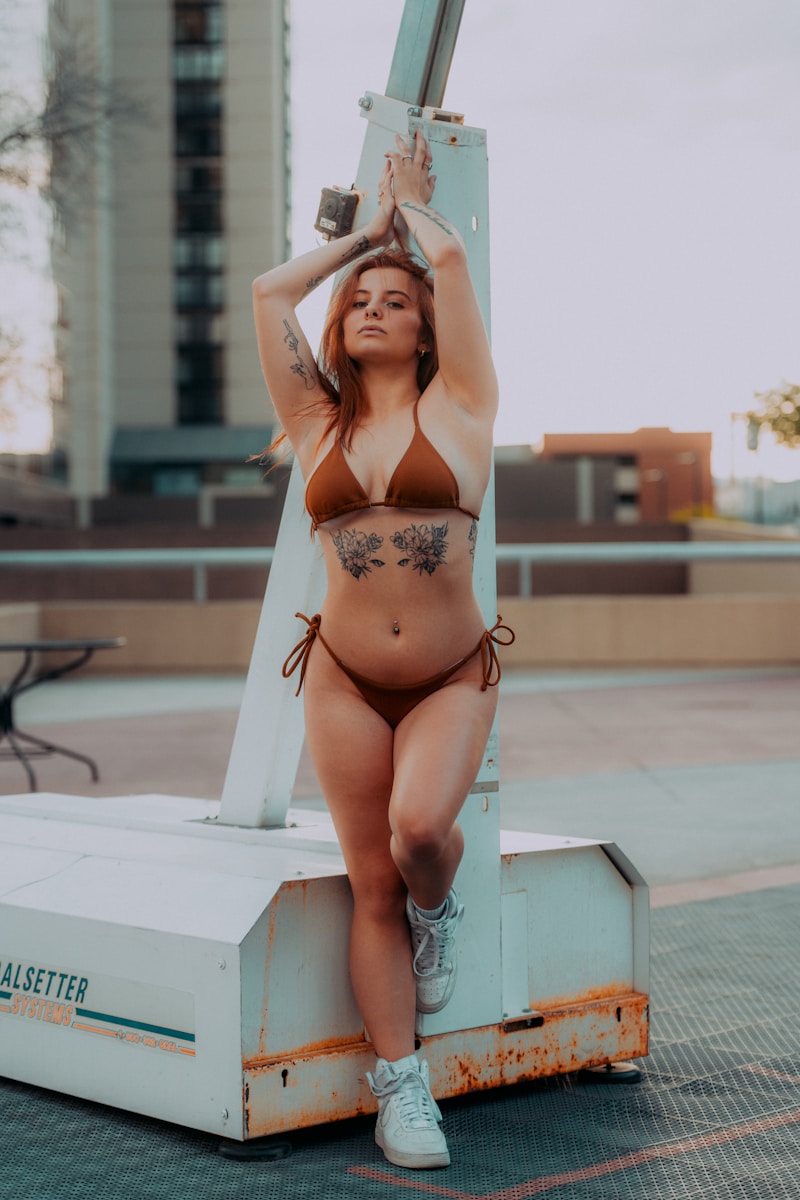Unlocking the Secrets of Magical Lighting Techniques: Transform Your Photography
Introduction to Magical Lighting Techniques
In the world of photography, lighting is everything. The way you use light can transform a simple image into a magical masterpiece. This article explores the magical lighting techniques that can elevate your photography skills to new heights. Whether you are a professional photographer or an enthusiastic hobbyist, understanding the nuances of lighting will significantly enhance your work.
Understanding the Importance of Lighting
Lighting can dramatically change the mood, depth, and overall aesthetic of a photograph. Here are a few reasons why lighting is essential:
- Creates Mood: Soft, diffused lighting can evoke calmness, while harsh shadows may communicate tension or drama.
- Defines Structure: Proper lighting can highlight textures and add dimension to 3D subjects.
- Emotion: The correct lighting can convey feelings and evoke responses from the viewer.
Types of Magical Lighting Techniques
Now that we understand the significance of lighting, let's delve into some magical lighting techniques that every photographer should master.
1. Golden Hour Lighting
Golden hour, the time just after sunrise and before sunset, provides the most flattering light for photography. The soft, diffused glow enhances colors and reduces harsh shadows. Capture dreamy images by planning your shoots around these hours.

2. Backlighting
Backlighting involves positioning your subject in front of a light source, such as the sun. This technique creates a stunning halo effect, adding depth and interest to your photos. To achieve this effect, position your camera toward the light source and adjust your settings accordingly.
3. Natural Light Diffusion
Natural light can sometimes be too harsh. Using diffusion materials like sheer curtains or reflectors can soften the light and create a more pleasing effect. This technique is especially useful in portrait photography where you wish to avoid unflattering shadows on the subject's face.
| Magical Lighting Techniques Comparison | Best Used For | Key Characteristics |
| Golden Hour Lighting | Landscapes, Portraits | Soft, warm light |
| Backlighting | Portraits, Silhouettes | Halo effect, depth |
| Natural Light Diffusion | Portraits, Still Life | Soft shadows, even tones |
Advanced Magical Lighting Techniques
Once you’ve mastered the basics, it’s time to elevate your photography with advanced lighting techniques.
1. Artificial Lighting
Using artificial lights such as flashes or studio lights allows you to have full control over your lighting conditions. Techniques like off-camera flash can create stunning and dramatic effects. Experiment with different light placements and modifiers to achieve unique results.
2. Color Gels
Color gels can dramatically change the mood of a photo. By placing gels over your artificial light sources, you can introduce various colors into your images. This technique is particularly useful for creative portraits or fashion photography.
3. Rim Lighting
Rim lighting helps in creating separation between the subject and the background. This technique is achieved by placing light behind your subject, outlining it without directly lighting it up. It adds drama and can draw the viewer's focus to the subject.
Practical Tips for Implementing Magical Lighting Techniques
To successfully incorporate these magical lighting techniques, keep these practical tips in mind:
- Experiment: Don’t hesitate to try out various techniques under different conditions. Take several shots and evaluate the results.
- Think Ahead: Scout your location beforehand and determine the best spots based on the time of day and weather conditions.
- Understand Your Equipment: Familiarize yourself with your camera settings, lens options, and lighting gear to make quick adjustments as needed.
- Patience is Key: Sometimes, magic happens slowly. Wait for the right moment, especially during golden hour.
Finding Inspiration in Magical Lighting Techniques
One of the best ways to improve your lighting skills is by studying works from renowned photographers. Analyzing their use of light can provide new insights and inspire your creativity. Take note of their styles and see how you can implement similar techniques in your work.
Conclusion: Embrace the Magic of Lighting
In conclusion, mastering magical lighting techniques is essential for any photographer looking to elevate their work. Whether you're capturing breathtaking landscapes during golden hour or creating dramatic portraits with artificial lighting, understanding how to manipulate light can open up endless possibilities. Remember to experiment, keep learning, and most importantly, enjoy the process of crafting magical images. With dedication and creativity, you can transform ordinary photographs into extraordinary works of art.
Final Tips: Always have a plan when heading out for a shoot, consider the time of day, and don’t forget to check the weather. Patience in waiting for the right light can often be rewarded with stunning results. Happy shooting!